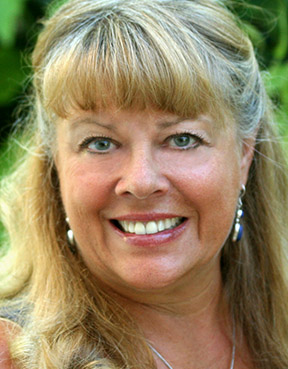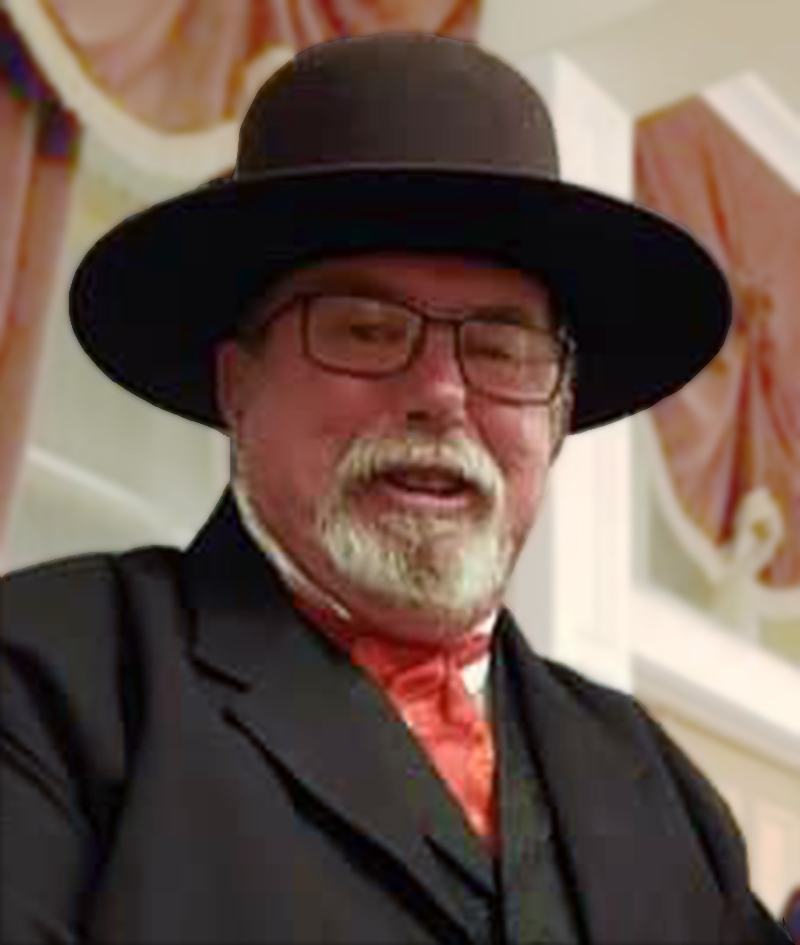 Our Lord’s Candle, Spanish Bayonet … those are colorful names for an interesting plant which, for me, is tightly associated with springtime in Southern California.
Our Lord’s Candle, Spanish Bayonet … those are colorful names for an interesting plant which, for me, is tightly associated with springtime in Southern California.
The name, Our Lord’s Candle, comes from the huge, white flowering spike, while Spanish Bayonet is a good description of the needle-sharp leaf tips that will give you a quick reminder if you come too close.
The full Latin name is Hesperoyucca whipplei, or Yucca whipplei for short. But you may know this spectacular plant simply as yucca, and that works just fine, too.
Flowering yucca stalks can be seen on the slopes of our own mountains and hillsides. You won’t see anything like it on the East Coast. It is native to Southern California and Baja and can be found in our chaparral, coastal sage scrub and oak woodlands.

Photos: Placerita Canyon Nature Center Associates
The gorgeous flower spikes can reach about 15 feet tall and are comprised of thousands of fragrant, creamy blossoms. Each blossom is a bit over an inch in diameter. East of the Santa Monica mountains, the tip of the blossoms can be lightly tinted with pink or maroon, but in Placerita Canyon they are white with a yellowish part toward the center.
The spikes are impressive, due to their height and the number of blossoms they bear; also because they grow so fast. The hills can be bare of flower spikes, and then just a few weeks later, they’re covered with blossom-filled spikes.
 It always seems that when one yucca is in bloom, a few around are in bloom, too, so the larger display is also very impressive.
It always seems that when one yucca is in bloom, a few around are in bloom, too, so the larger display is also very impressive.
There is a reason why these plants seem to blossom in unison. It takes five years for a plant to reach maturity in order to flower, and then it dies. But don’t despair: At the base of the original plant, new offshoots start to develop. Even if the parent plant dies, the new generation is ready to take over, and new plants start to grow and reproduce.
Because they started from the base of the mother roots, they will all be ready in five years, and all of those offshoots will bloom together, producing a spectacular display.
Of course, in nature, growth does not happen in such a scheduled manner, but often a few yucca plants will bloom in proximity of each other.
The fruit is a dry capsule that hich opens up when it is mature to release the seeds. The base of the plant is a cluster of long, narrow, needle-sharp, greenish gray leaves. The edges of the leaves are also finely saw-toothed. The leaves look – and really area – shar; you learn quickly not to come too close to them on the trail.
 However, the fibers inside the leaves are strong. Native Americans used them extensively. First the leaves were left in water so the pulp of the green leaves would rot away and easily be scraped off, so the fibers were easier to handle. The fibers could be used to create rope, or woven into baskets and even mats or shoes.
However, the fibers inside the leaves are strong. Native Americans used them extensively. First the leaves were left in water so the pulp of the green leaves would rot away and easily be scraped off, so the fibers were easier to handle. The fibers could be used to create rope, or woven into baskets and even mats or shoes.
The yucca was a great source of food. Young flowers are delicious raw; they can be used as flavoring, but if they are bitter or they are older, they should be boiled in a lot of water before being eaten.
The flowering stem can be eaten raw or cooked, but it is most tender before the flower buds open up. It can be eaten like an asparagus, peeled and cut in sections. The roasted stem can also be left to dry, then ground into powder which can be mixed with water to make small cakes.
The seeds can be roasted like pumpkin seeds; they can also be ground into powder to thicken stew.
I gave you some idea of how the Native Americans used this plant in their daily life; I do not recommend that you try any of those recipes at home. People have allergies to all kinds of plants, and I would not like to be responsible for any reactions you might have.
Also, do not try to cut a yucca to see if you can roast the stem. It would be a struggle, and after the yucca leaves you all bloodied, I am sure you will admit that asparagus might be a better choice.
The root of the soap tree yucca (yucca elata) is high in saponins and was used as shampoo. In its raw state, the saponins are toxic to fish. That made the fishing expeditions of the native Indians a little bit easier. Remember that the Santa Clara River ran year-round in those days, so they had regular access to water in our valley. They would gather a good quantity of yucca roots, throw them into a quiet part of a stream to stun the fishes, and then they could gather them easily.
Dry yucca leaves and trunks burn easily, so they were often the first choice to start a fire using friction.
So, the yucca is a plant that is not only beautiful while in blossom, but is also very useful if you need it to survive in the wild.
I kept the best part for last, because this is a fascinating part of the special story of the yucca.

Yucca moth
This majestic plant could not exist without a tiny moth (Tegeticula maculat) – and the moth needs the yucca, too. It is the only place where the moth can lay its eggs. The eggs open up and the caterpillars come out. They have plenty of food and will change into moths about one year later. This is always the example that comes to mind when we talk about symbiosis.
How does that work? Moths come out at night, so the pollination takes place at night. The female moth gathers a large bunch of pollen grains from one plant. Those are called pollinia. It gathers them into a large ball. Then it flies to another plant. There she inserts her ovipositor in the seedpod, or ovary, of the flower, and lays one egg. Then she covers it with the transported pollen, and that is when pollination happens. The pollinated ovary will produce many seeds, so the larva will have plenty of food to grow.
This is an exclusive relationship. Both need each other to be able to survive, and this moth is the only yucca’s only pollinator.
That brings an interesting twist to the story. The yucca is a spectacular plant that has gained much appreciation in different countries and is sold in many garden centers all over the world. The growing conditions are not always easy to reproduce, and when it comes to pollination, the moth is nowhere to be found – so people have to do pollination by hand if they want to have seeds.
That brings another topic I will brush upon lightly. If you plant native plants in your garden, you feed the local population of birds and insects. If you plant exotic plants from other parts of the world, they might look interesting, but they are useless to feed the local animal population because they were food for animals that do not exist in our part of the world.
You might want to check the country of origin of the plants before you make a big trip to the garden center.
Evelyne Vandersande has been a docent at the Placerita Canyon Nature Center for 27 years. She lives in Newhall.
Like this:
Like Loading...
Related





 Tweet This
Tweet This Facebook
Facebook Digg This
Digg This Bookmark
Bookmark Stumble
Stumble RSS
RSS












































REAL NAMES ONLY: All posters must use their real individual or business name. This applies equally to Twitter account holders who use a nickname.
0 Comments
You can be the first one to leave a comment.